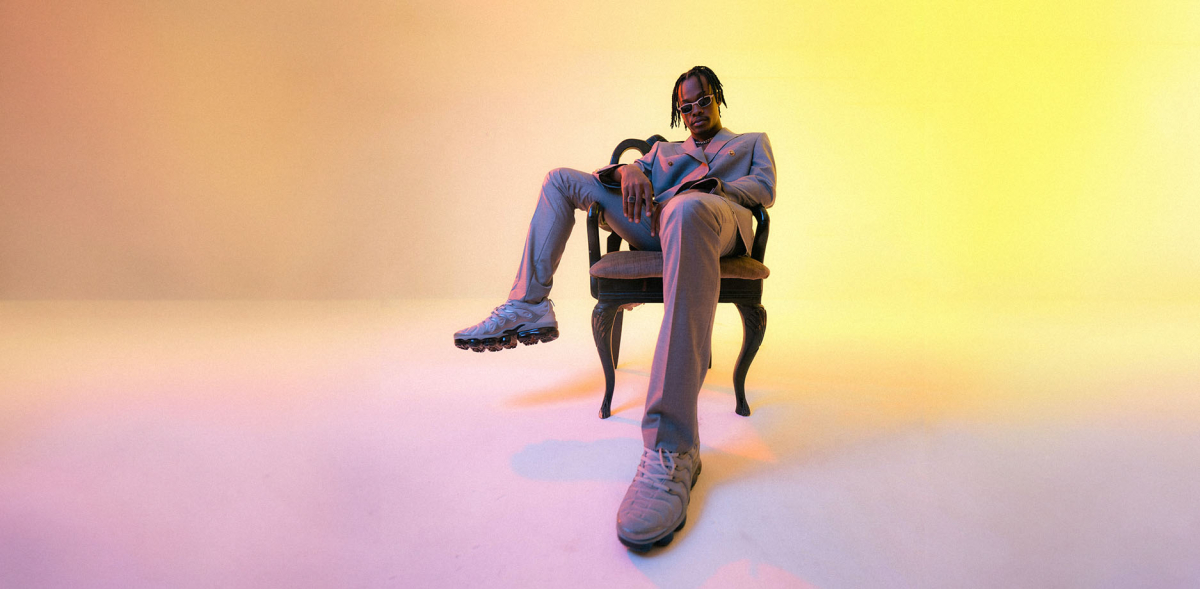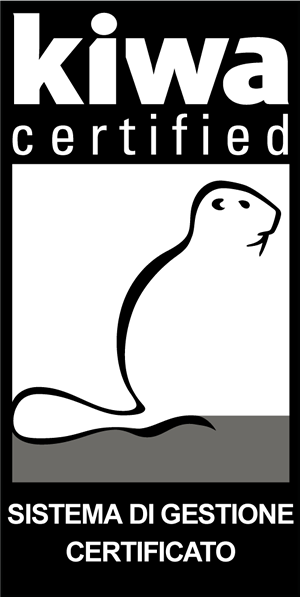The IoT Supporting the New Needs of the Retail Market
Digital Transformation and Retail market developments have seen new exigencies and new needs emerge from retailers. These novel challenges of retail trade have been translated into technological business tools and innovative digital solutions.
Precisely for this reason, the technologies connected to IOT (Internet of Things) are increasingly utilized in the Retail Market.
In fact, retailers from all over the world use IoT for important actions to support the sales process, such as:
- monitoring and improving customer experience,
- reducing costs,
- optimizing supply chain and logistics processes.
A concrete example of how IoT technologies show themselves as support systems for retailers is the use of tracing sensors.
The sensors in retail can be used for many purposes, for example managing the supply chain and logistics
RFID technology and IoT sensors are used by retailers to monitor goods across the entire supply chain. This allows you to acquire important data such as position, temperature, humidity, and potential damages, thus providing all the information that will optimize quality control and traceability.
IoT technologies help retailers make logistical management more and more efficient, reducing product damage and minimizing losses.
According to a survey mentioned in an article by Deloitte on the Internet of Things, "74% of those who have implemented initiatives such as sensor-based logistics have seen an increase in revenues. "
Articolo di Deloitte sull'Internet of Things
https://www2.deloitte.com/us/en/insights/deloitte-review/issue-17/internet-of-things-supply-chain-management.html/#endnote-10
Even in the customer satisfaction measurement field, the Retail Market successfully makes good use of IoT technology. IoT sensors connected to a dashboard allow stores to collect customer feedback immediately after acquisition, thus obtaining valuable information in real-time.


